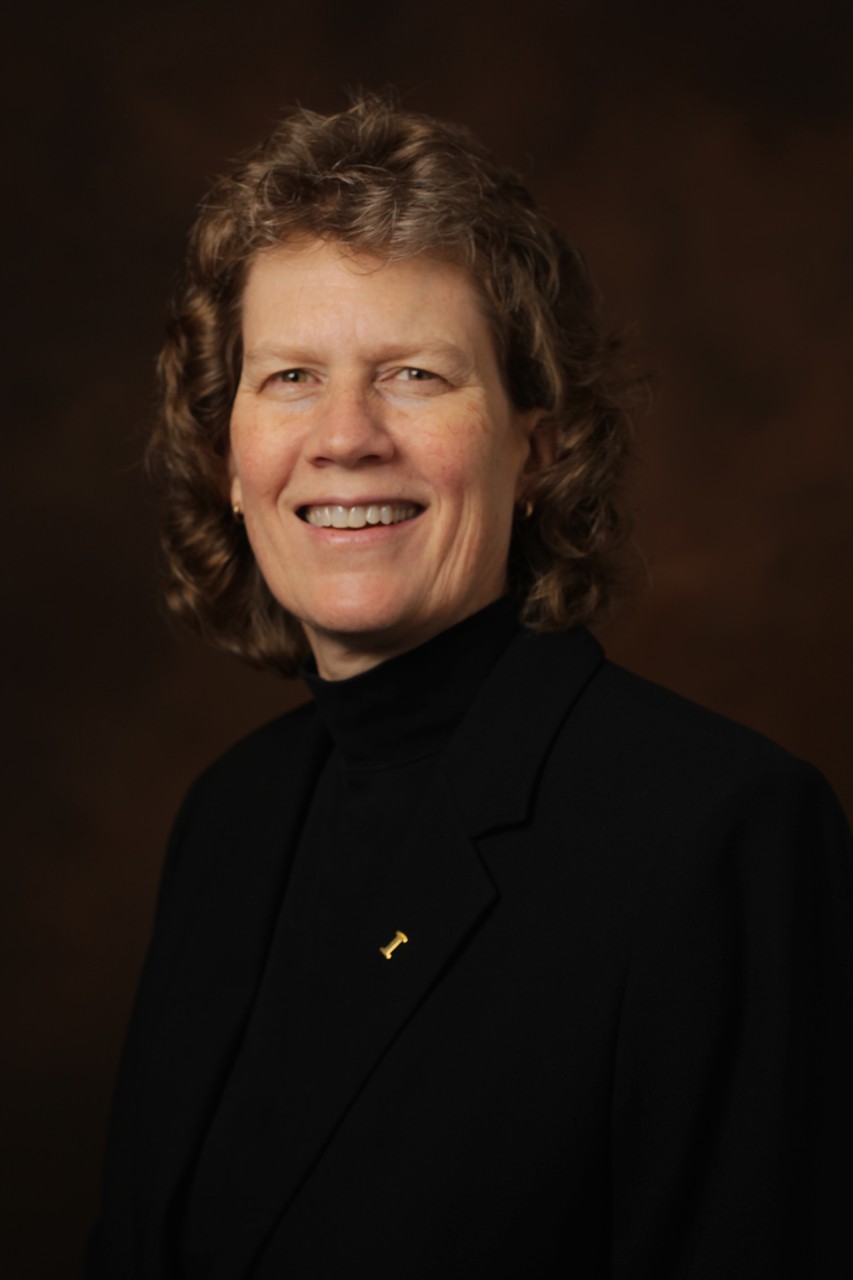What IS inclusion – and why does defining it matter?
By Emelyne BinghamIntroduction from the Council
Inclusion can mean different things to different people. Are sensory-friendly events inclusive? What about hiring practices that seek to accommodate workers with disabilities?
Emelyne Bingham is current chair of the TN Council on Autism Spectrum Disorder (under the TN Department of Intellectual and Developmental Disabilities). She joined other researchers with Vanderbilt Kennedy Center and Vanderbilt’s All Access Inclusion Network to help define inclusion. Their work was published in Autism, an international, peer-reviewed journal.
We asked her to share why defining inclusion matters to her.
Share your thoughts, and you could be published in this magazine!
- Why does true inclusion matter to you?
- What does that look like in your life?
We want to hear from you. Email your response to TNDDC@tn.gov. Your letter could be published in a future issue of Breaking Ground!

Many of us with autism spectrum disorder (ASD) have difficulty navigating new situations. For each new situation I encounter, I know there will be new behavioral expectations I will be unable to read and conform to. That could be a work meeting, a party, a religious service, or even an encounter with law enforcement. Because the expectations for each of these situations vary from time to time, it is nearly impossible for me to predict how I will need to respond in any given setting. From the moment I walk into the room, I know I’m doomed to failure. The first time I speak, I find myself already thinking in damage control mode. And regardless of well-intentioned folks trying to help me navigate those expectations in the spirit of “access and inclusion,” I know that I am still doomed to failure.
In the mid-1980s, Ron Mace, an architect and wheelchair user, developed a new philosophical approach to access and inclusion. Mace proposed the idea to eliminate barriers in architectural design.
Mace’s basic tenet is both simple and powerful. Instead of building multiple entrances to a building, each tailored to a specific need, the principles of Universal Design achieve access and inclusion.
They can do this with a single entrance that many different people can use. For instance, a well-constructed ramp not only accommodates someone in a wheelchair, it can also be used by someone with a walker, someone pushing a baby stroller, or even a skateboarder. Extra-wide doors at a building’s entrance can accommodate any number of mobility devices, a delivery person with a cart, or even a group of people walking together. In these scenarios, driven by the principles of Universal Design, each person is accommodated without the need for special circumstances or devices that can spotlight a person’s disability.
I often wonder what it would be like if everyone included the principles of Universal Design in all the aspects of the autism world. Instead of applying them solely to physical spaces, what if they were applied to social spaces, as well? What if volume levels of concerts and sporting events were lowered consistently so that every event was “sensory friendly”? What if no child required a special sensory bag with ear protection? What if codes of decorum for work meetings were expanded to include different social norms? What if law enforcement officers approached every individual as if they had a cognitive difference, knowing that a lack of eye-contact is not a reliable indicator of threat?
Applying Universal Design principles to social spaces requires a fluid and dynamic process. It requires ongoing dialogue with all involved, including service organizations, educators, self-advocates, and caregivers.
Through this process, we may rise above the boundaries of traditional training programs that offer multiple “fixes” for access and inclusion and instead become real forces for social change. We don’t need branded fidget spinners for our children. We need open dialogue about what it’s like to care for a child with autism. We don’t need one-off “autism-friendly certifications” with logo stickers. We need deep conversations about what it means to be autistic. Too often, those certifications stifle critical autism dialogue with community organizations.
Achieving true social change can happen, but not without re-envisioning all of our social spaces as barrier-free spaces. Being barrier-free means that everyone can enter them in the way they desire. My hope is that we look well beyond the boundaries of our expectations and consider the realm of possibilities that lay outside them. Our survival depends on it.
Emelyne Bingham is an American conductor, speaker, and autism self-advocate. She has lead concerts of the Nashville Symphony as its assistant conductor and the Columbus Women’s Orchestra as its music director, as well as performances of the Toledo Symphony, Buffalo Philharmonic, Nashville Opera, Nashville Ballet, and Ars Nova Huntsville. Currently, she serves as the Artistic Director of the Young Texas Artists Music Competition and teaches at the Blair School of Music at Vanderbilt University. In 2011, she was named a research member at the esteemed Vanderbilt Kennedy Center, where she assists with research on music and autism.